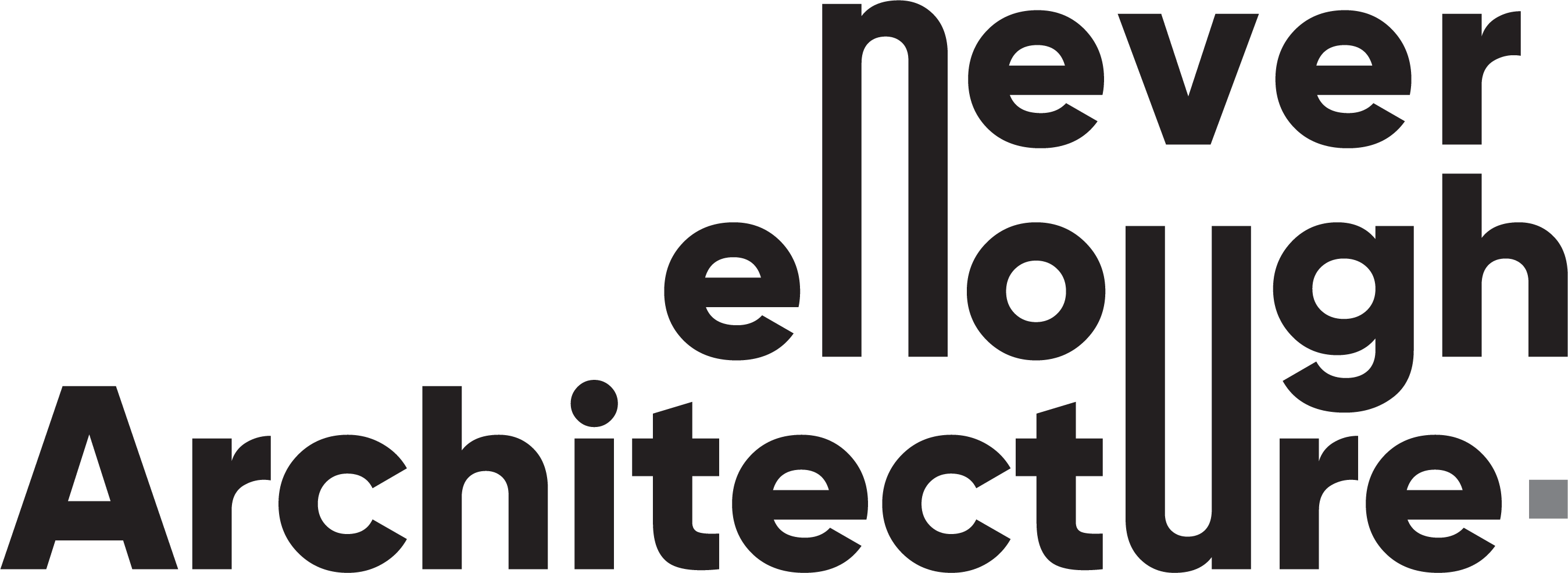
Casa Batlló
Located in the bustling heart of Barcelona, Casa Batlló is a masterpiece from the celebrated architect Antoni Gaudí. This iconic edifice stands as a reflection of Gaudí's unique design approach, heavily influenced by the principles of biomimicry. Gaudí seamlessly integrated elements of nature into the design of Casa Batlló, resulting in a structure that is not only visually captivating but also functional and sustainable.
Gaudí and Biomimicry
Antoni Gaudí was a pioneer in the use of biomimicry in architecture. He believed that nature, with its millions of years of evolution, held the answers to efficient and sustainable design. Gaudí's approach was to observe and learn from nature, extracting its principles and applying them to his architectural designs. This philosophy is evident in many of his works, but perhaps most notably in Casa Batlló.
Design Inspired by Nature
The façade of the building is covered in colorful, irregularly shaped tiles that resemble fish scales. This design not only contributes to the building's unique aesthetic but also serves a practical purpose. The tiles reflect light, creating a shimmering effect that enhances the building's visual appeal.
Inside Casa Batlló, the influence of nature is even more apparent. The building features a central light well that is wider at the top and narrower at the bottom, mimicking the way light filters through a forest canopy. This design allows natural light to penetrate the building, reducing the need for artificial lighting.
The staircase in Casa Batlló is another example of Gaudí's biomimetic design.
The staircase is designed to resemble the spine of a large animal, with the steps acting as the ribs and the handrail acting as the backbone. This design not only creates a visually striking feature but also provides a functional and ergonomic solution.
Sustainability through Biomimicry
Gaudí's use of biomimicry in Casa Batlló also contributes to the building's sustainability. The building's design maximizes natural light and ventilation, reducing the need for artificial lighting and air conditioning. Furthermore, Gaudí's use of local materials and his approach to waste reduction were ahead of his time, demonstrating a commitment to sustainability that is still relevant today.
Gaudí's innovative use of natural forms and principles resulted in a building that is not only beautiful but also functional and sustainable. Today, as architects and designers around the world strive to create buildings that are more in harmony with nature, Gaudí's work serves as a powerful source of inspiration.


